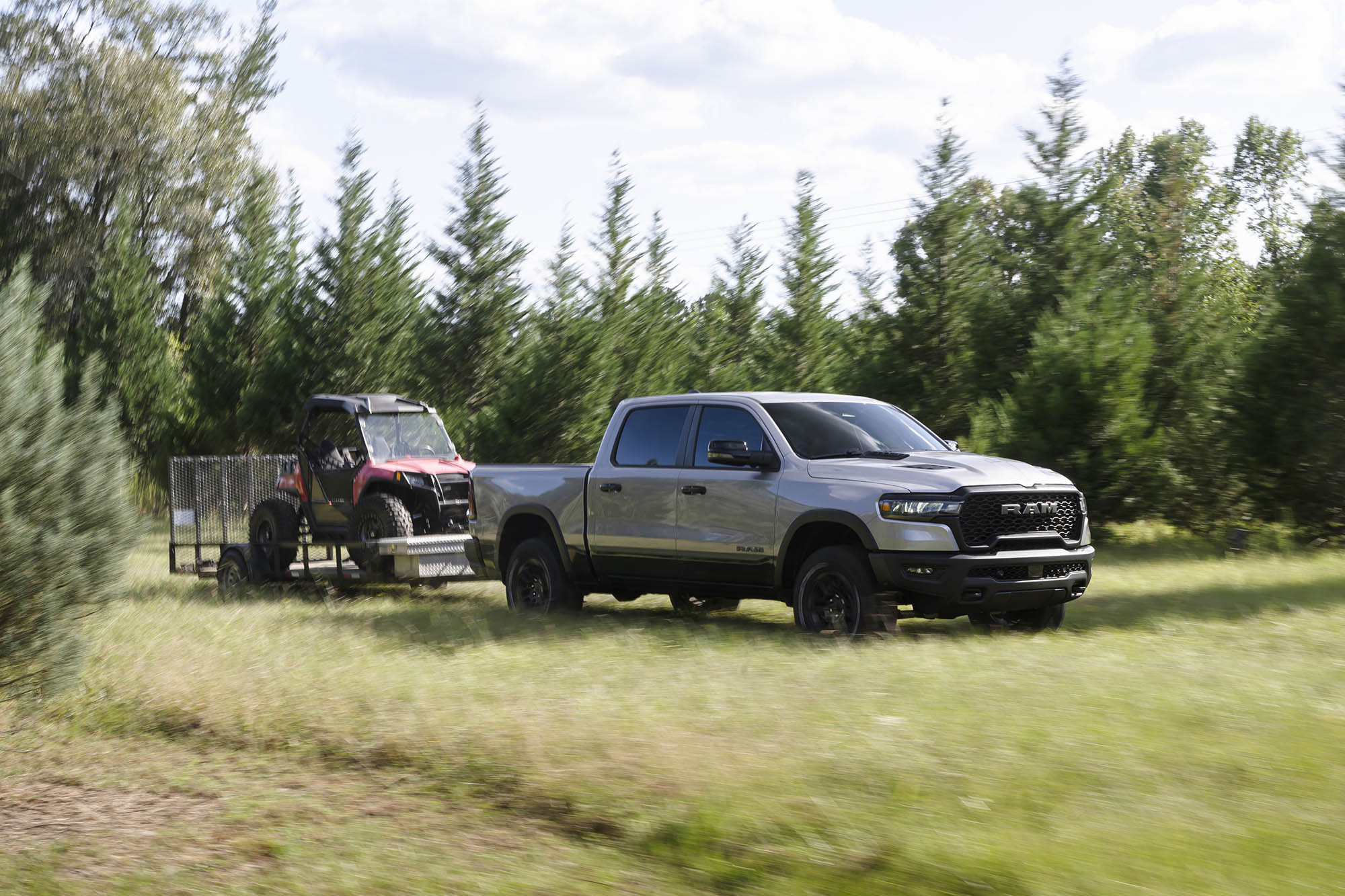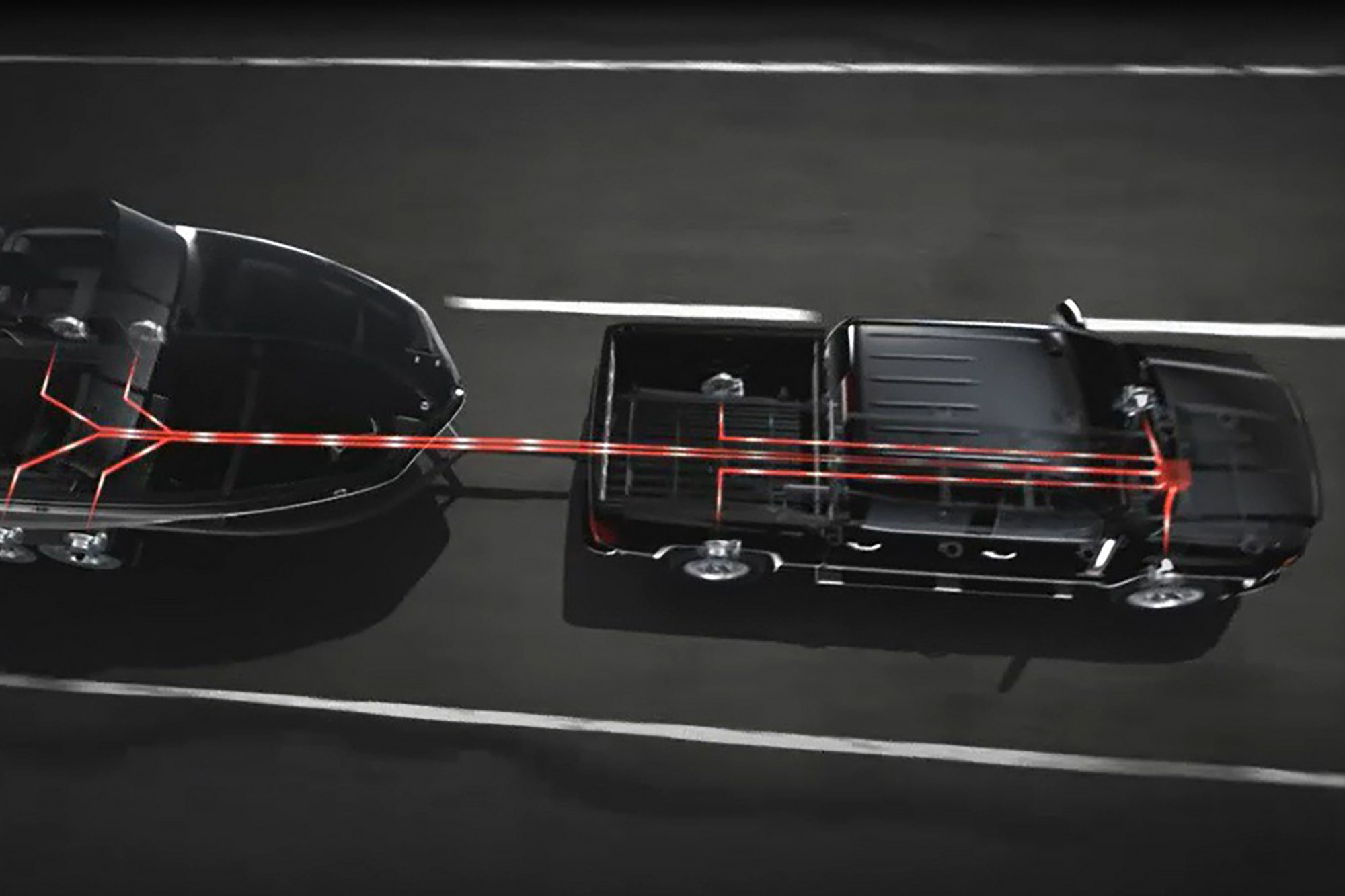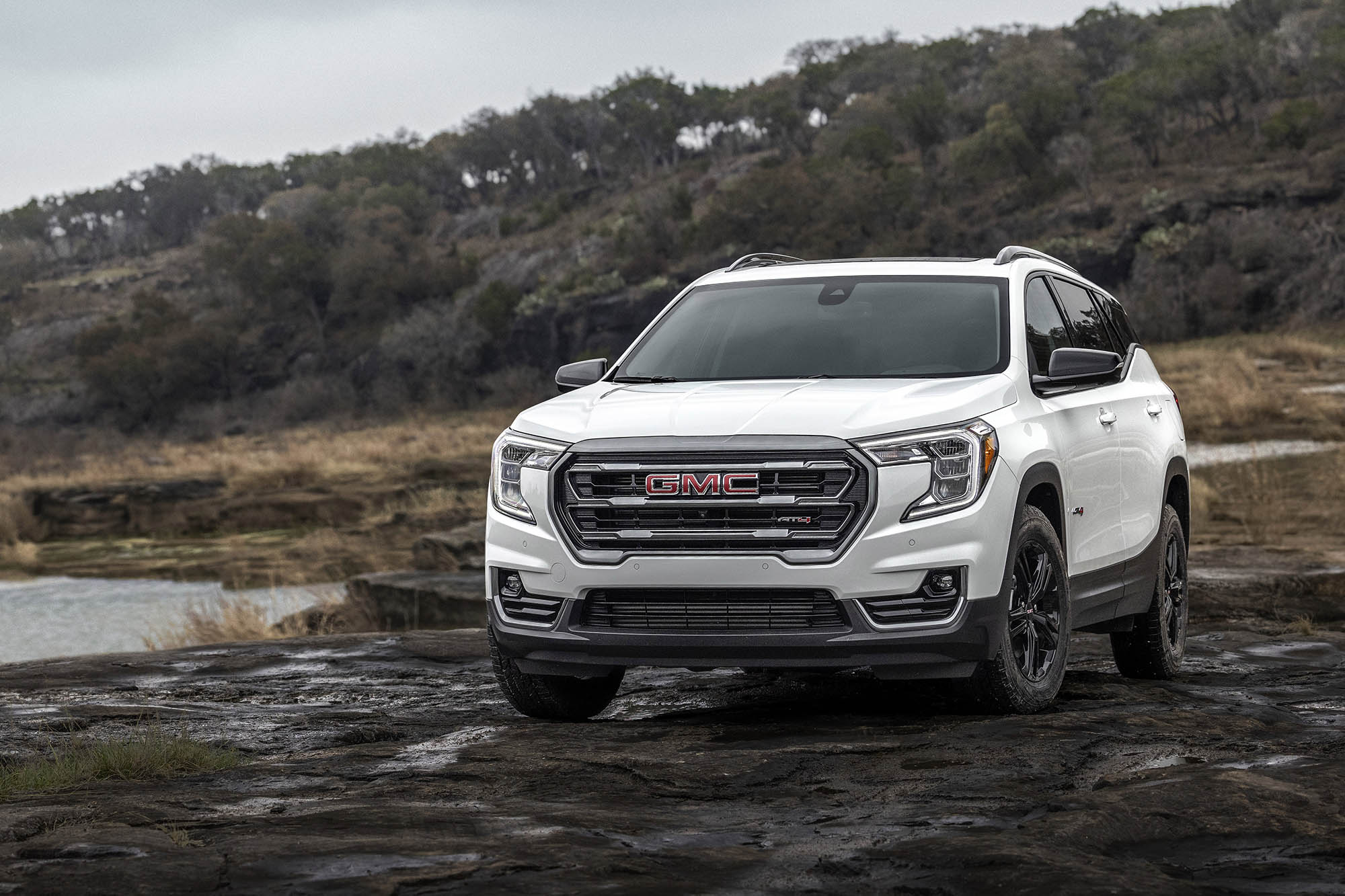What Is Trailer-Sway Control?
Mechanical and electronic systems can help control a potentially dangerous side-to-side motion of your trailer.
 Ford
Ford
Some people are perfectly comfortable towing a 30-foot camper. Others try to hide their sweaty palms when borrowing an 8-foot cargo trailer from U-Haul. But nobody enjoys the effect a strong gust of wind or a passing truck can have on a trailer's often boxy shape. That unsettling side-to-side wobble can make it difficult to maintain your heading. It could even cause an accident.
Mechanical and electronic trailer-sway control tools mitigate the worst of these motions. They won't entirely stop trailer sway, but they can help drivers keep better control of their load.
 Ram
Ram
The Causes of Trailer Sway
Trailer sway happens when forces such as strong gusts or the explosive wind force of a passing 18-wheeler suddenly cause the trailer to move from side to side behind the tow vehicle. The broad, flat sides of a typical trailer, especially a boxy utility model or car hauler, make it particularly susceptible to the effects of wind.
Trailer sway can also be caused by driving over uneven pavement such as that found in construction zones, improper trailer loading (not distributing the weight of the load evenly), improperly inflated trailer tires, or even using the wrong kind of hitch.
Any of these can cause the trailer to precariously pivot on its hitch and transfer that waggling movement to the towing vehicle, leaving a driver scrambling to maintain control. Unchecked, it can result in a serious accident or even tip over the trailer.
 GMC
GMC
What Trailer Sway Can Do for You
Aftermarket trailer sway-control devices such as friction tow bars are available to better cope with trailer sway. These mount between the trailer and towing vehicle and resist relative motion between the two. Weight-distribution hitches can also help offset trailer sway by more evenly distributing the weight between the trailers and the tow-vehicle's axles.
Electronic systems to control trailer sway use sensors to help detect undue trailer sway and automatically apply your vehicle's brakes and reduce engine power to bring sway under control. This can help keep you and the trailer both move in a straight line.
 GMC
GMC
Vehicles With Trailer-Sway Control
Electronic trailer-sway control systems can be found on a variety of new vehicles. Popular U.S. pickups such as the Ford F-150, Chevrolet Silverado/GMC Sierra, and Ram 1500 all offer trailer-sway control. Smaller crossovers and SUVs, such as the GMC Terrain and Jeep Gladiator, also offer such systems. Ram's optional package of trailering tools includes tire-pressure monitoring for the trailer, as well.
 Ford
Ford
Safer Towing Is the Goal
When used properly, trailer sway-control devices of either the mechanical or electronic variety can make for a safer experience. Towing a trailer requires at least some attention at all times, but the trailer-sway control can free up mental bandwidth for keeping an eye out for other hazards.
That said, there is no perfect solution, especially in gusty, windy conditions. So remember to slow down if your trailer starts to sway, and pull over to make sure your cargo is tied down and your tires are properly inflated if the motion persists.
Written by humans.
Edited by humans.
 Andy Stonehouse
Andy StonehouseAndy Stonehouse literally fell into the world of auto writing while working as a ski-town journalist, and has not looked back since. A childhood spent dealing with the eccentricities of a 1976 MG Midget has made any subsequent auto experience a more safe and reliable drive. He has been blessed with nearby mountain trails and snowy roads in Colorado to do TV-adventure-styled test drives on a weekly basis.
Related articles
View more related articles